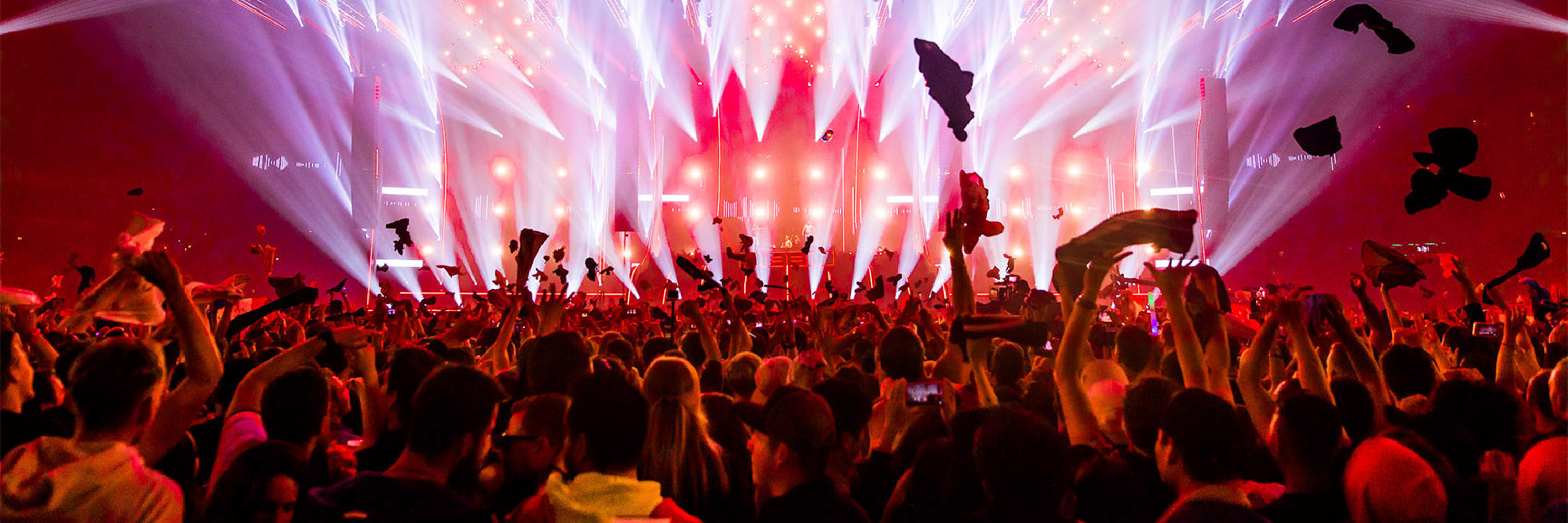You can do this on a per clip level. I know many people (myself included) have gone through their entire library of content and have optimized their content to BPM (including /2 or *2 time for clips that need it). This is kind of the standard (that I'm aware of).
I can't speak for Resolume, But I've built a few smaller media servers and lighting controllers myself. Having 10+ clock sources is VERY (VERY!) taxing on the system. I doubt your i& will keep up if you have more than a clip or 2 running on a few different clocks. I was able to get about 8 clips working on mine before i was below 30fps. If you have a threadripper and software that utilizes all of those cores, you might be ok, But I don't believe resolume utilizes all of your cores (could be wrong).
Personally what I was after a few months ago is a BPM offset for animations, so rather than starting on 1 out of 4, you can choose 2, 3 or 4 out of 4. This is possible because it still shares the same clock. But having a different clock per layer is going to get real expensive real quick. I think having a different approach to your workflow might be a better solution?
I think you could 2 2 layers with LTC (since the external audio is the clock for those layers), a layer of bpm material, and a layer of free run transport time material, to get you a total of 4 clock sources that wat, but again, 2 of those layers will be external audio clocks.
I'd just spend a few days getting all of you clips synced individually and then you can have a layer of cut or double time clips from the base layers clip and just use the global bpm.
Hope all of this makes sense?



